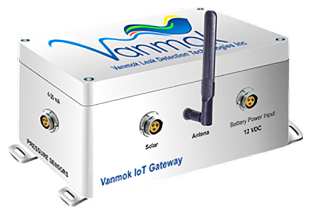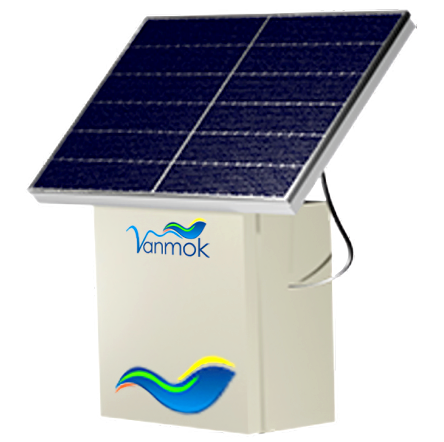CO2 pipelines are a key component of carbon capture, utilization, and storage (CCUS) initiatives. These pipelines are being expanded to facilitate the transfer of captured CO2 from industrial sources to designated storage sites.
Utilizing dynamic modeling for CO2 transportation pipelines offers a robust tool for ensuring the safety and efficiency of pipeline operations while minimizing the social and environmental impacts in the event of a leak. A comprehension of the flow dynamics within CO2 pipelines across diverse operational scenarios, encompassing instances such as leaks, offers invaluable insights crucial for the development and implementation of robust leak detection systems, as well as for optimizing pipeline design for enhanced reliability.
While transporting CO2 in the supercritical or dense phase is the most economically efficient practice, our paper takes a comprehensive approach by considering CO2 flow in gas, liquid, and supercritical states. This approach allows us to provide valuable observations and analyses to examine pipeline behavior under different operating conditions and during a leak.
Within this paper, we discuss the mathematical modeling of CO2 pipeline and validate the presented model using case studies from literature. A novel approach is used for on-line calculation of the fluid properties, ensuring the numerical stability of the system around the critical point and throughout the supercritical region.
Additionally, we conduct simulations to replicate the complex phenomenon of CO2 pipeline leakage. The simulated leak predictions are cross-referenced with the experimental results available in the literature to ensure alignment between our predictions and performed numerical analysis with real-world data and observations.
We demonstrate the temperature evolution and the formation and propagation of pressure waves at the moment of the rupture and at different time intervals following the release. Furthermore, we analyze the trajectory of the thermodynamic properties and thoroughly examine the underlying phase transitions during the CO2 leak. Lastly, the effects of the choked flow at the leak location and the corresponding maximum flow rate are presented.
The approach and findings outlined in this paper not only contribute to enhancing the detection of leaks in CO2 pipelines transporting fluids like natural gas, LNG and LPG, thus mitigating emissions of methane and other greenhouse gases.


